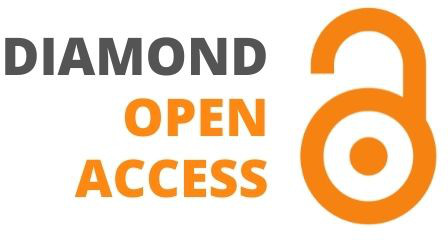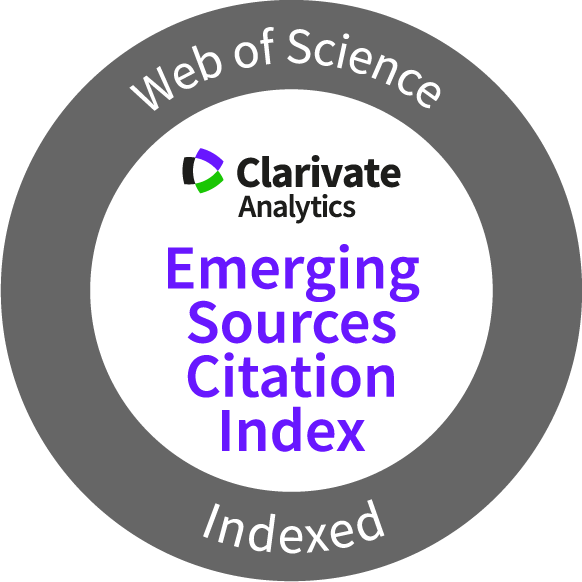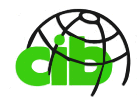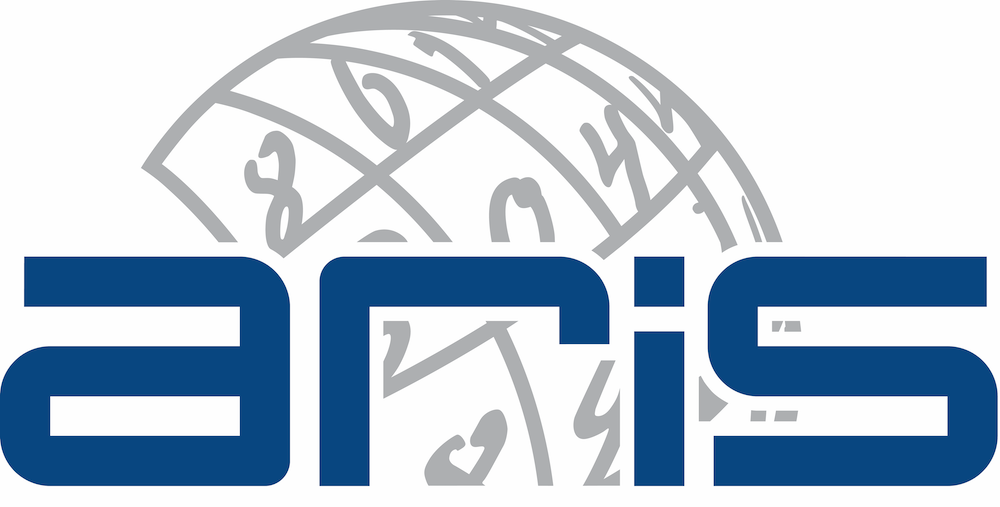Journal of Information Technology in Construction
ITcon Vol. 30, pg. 1059-1079, http://www.itcon.org/2025/43
BIM integration in higher education: A global assessment
| DOI: | 10.36680/j.itcon.2025.043 | |
| submitted: | October 2024 | |
| revised: | June 2025 | |
| published: | June 2025 | |
| editor(s): | Frédéric Bosché | |
| authors: | Sara Dotta Correa, MS
University of Ljubljana, Faculty of Civil and Geodetic Engineering, Jamova 2, 1000 Ljubljana, Slovenia ORCID: https://orcid.org/0000-0003-4664-0858 sc20927@student.uni-lj.si Žiga Turk, PhD University of Ljubljana, Faculty of Civil and Geodetic Engineering, Jamova 2, 1000 Ljubljana, Slovenia ORCID: https://orcid.org/0000-0003-0785-1126 ziga.turk@gmail.com Jaka Dujc, PhD University of Ljubljana, Faculty of Civil and Geodetic Engineering, Jamova 2, 1000 Ljubljana, Slovenia ORCID: https://orcid.org/0000-0002-7191-6839 jaka.dujc@fgg.uni-lj.si | |
| summary: | Building Information Modelling (BIM) has contributed significantly to the integration of the architecture, engineering, and construction (AEC) industry by enhancing collaboration and breaking down barriers between disciplines. Earlier research suggested that BIM should also transform AEC higher education, proposing several levels of curricular change. This paper presents empirical findings on how BIM has affected education beyond the replacement of traditional drafting tools. It is based on a global survey of 125 active professors and researchers, supplemented by five semi-structured interviews. Our findings reveal a growing integration of BIM in course curricula, particularly in areas such as CAD, project management, and sustainability, alongside emerging pedagogical practices such as project-based learning and interdisciplinary collaboration, which have also begun to break down traditional silos between subjects. However, significant regional variations exist, with European institutions generally exhibiting higher levels of integration compared to their American and Asian counterparts. A structured scoring framework was developed to classify BIM adoption across five levels, providing a quantitative basis for comparison and benchmarking. Key challenges to deeper integration include resource limitations, faculty training, institutional resistance, and insufficient industry collaboration. The paper offers practical recommendations for educators and institutions seeking to advance BIM integration, supporting curriculum reform through a structured, stage-based approach. While the findings offer valuable insights, further research with a more representative sample is recommended to deepen the analysis. | |
| keywords: | BIM, Education, AEC industry, Survey | |
| full text: | (PDF file, 1.407 MB) | |
| citation: | Dotta Correa S, Turk Ž, Dujc J (2025). BIM integration in higher education: A global assessment, ITcon Vol. 30, pg. 1059-1079, https://doi.org/10.36680/j.itcon.2025.043 | |
| statistics: |





